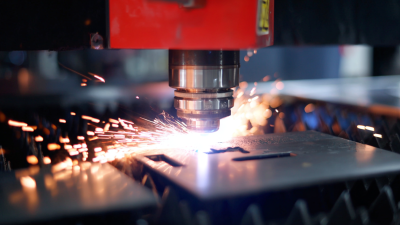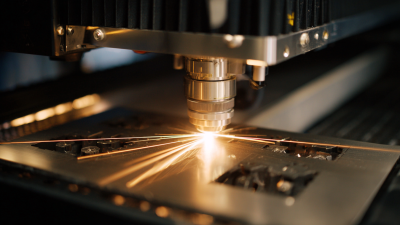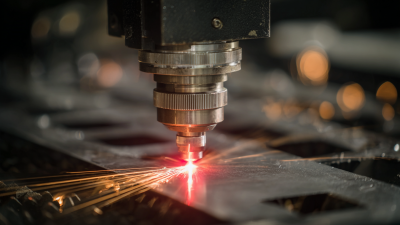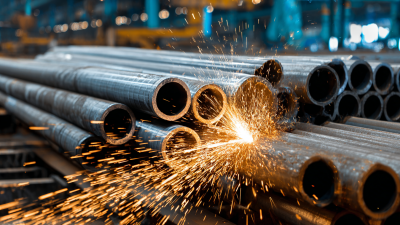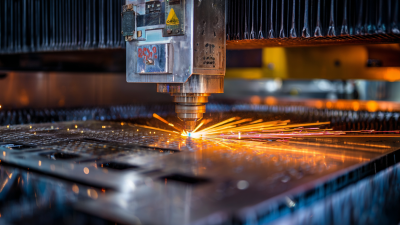
In the ever-evolving landscape of modern fabrication, the Cnc Laser Cutting Machine stands out as a transformative force that unleashes new levels of creativity and efficiency. According to a recent report by MarketsandMarkets, the global laser cutting machine market is projected to reach $6.72 billion by 2026, growing at a CAGR of 7.1% from 2021. This surge is driven by the versatility of laser cutting technology, which allows for precision cuts in various materials such as metals, plastics, and textiles. Moreover, advancements in CNC technology have enabled manufacturers to achieve intricate designs and complex geometries that were once deemed impossible, thus expanding the creative boundaries for designers and engineers alike. By harnessing the power of Cnc Laser Cutting Machines, businesses can not only enhance their production capabilities but also foster an innovative culture that prioritizes artistic expression alongside functional design.
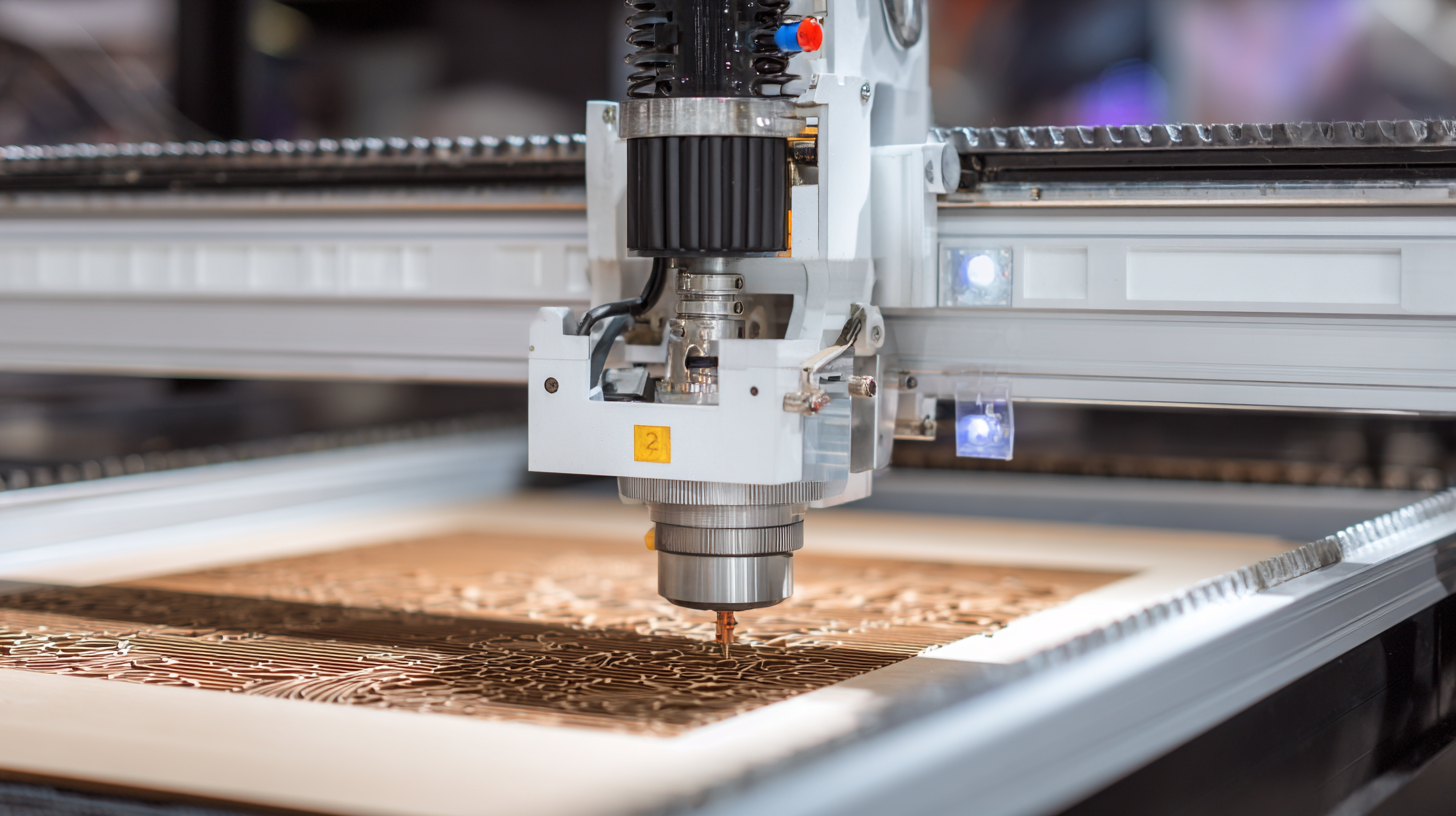
The evolution of CNC laser cutting technology has profoundly transformed modern fabrication across various industries. As recent reports highlight, the global industrial laser systems market has reached an unprecedented scale of $30 billion, signaling a thriving growth phase for the industry. This robust market expansion is driven by the rising demand for high-precision, efficient manufacturing processes, which are increasingly enabled by automation and environmentally friendly solutions.
Technology adoption is not just a trend; it's a necessity for companies aiming to enhance productivity. CNC laser cutting machines offer unmatched accuracy and consistency, allowing manufacturers to produce intricate designs with minimal waste. Many suppliers are transitioning from traditional methods to automated solutions, reflecting this shift in manufacturing priorities.
**Tip:** When considering the integration of CNC laser cutting in your operations, assess your workflow efficiency and identify areas where automation can reduce labor costs and enhance precision.
As manufacturers adopt these modern technologies, the complete supply chain experiences benefits, from design to production. With laser applications permeating various sectors, including automotive and aerospace, businesses that embrace these innovations position themselves competitively in an increasingly dynamic market.
**Tip:** Keep an eye on emerging laser technologies, as advancements in this area are likely to lead to even greater capabilities and efficiencies in the near future.
| Application | Material Type | Thickness Range (mm) | Precision (mm) | Typical Industries |
|---|---|---|---|---|
| Signage | Acrylic | 3-20 | ±0.05 | Advertising, Retail |
| Jewelry | Metal (Stainless Steel) | 0.5-5 | ±0.02 | Art, Fashion |
| Automotive Parts | Aluminum | 1-10 | ±0.1 | Automotive, Aerospace |
| Architecture Models | Wood | 2-15 | ±0.1 | Construction, Design |
| Prototype Development | Plastic | 0.5-6 | ±0.05 | Manufacturing, Engineering |
CNC laser technology revolutionizes modern fabrication by enhancing design freedom and elevating creative possibilities. With its precision and versatility, CNC laser cutting enables artists and designers to explore intricate patterns and complex geometries that were once challenging to achieve using traditional methods. The ability to cut, engrave, and etch a variety of materials—ranging from wood and acrylic to metals and textiles—opens a vast landscape for experimentation, allowing creators to push the boundaries of their imagination.
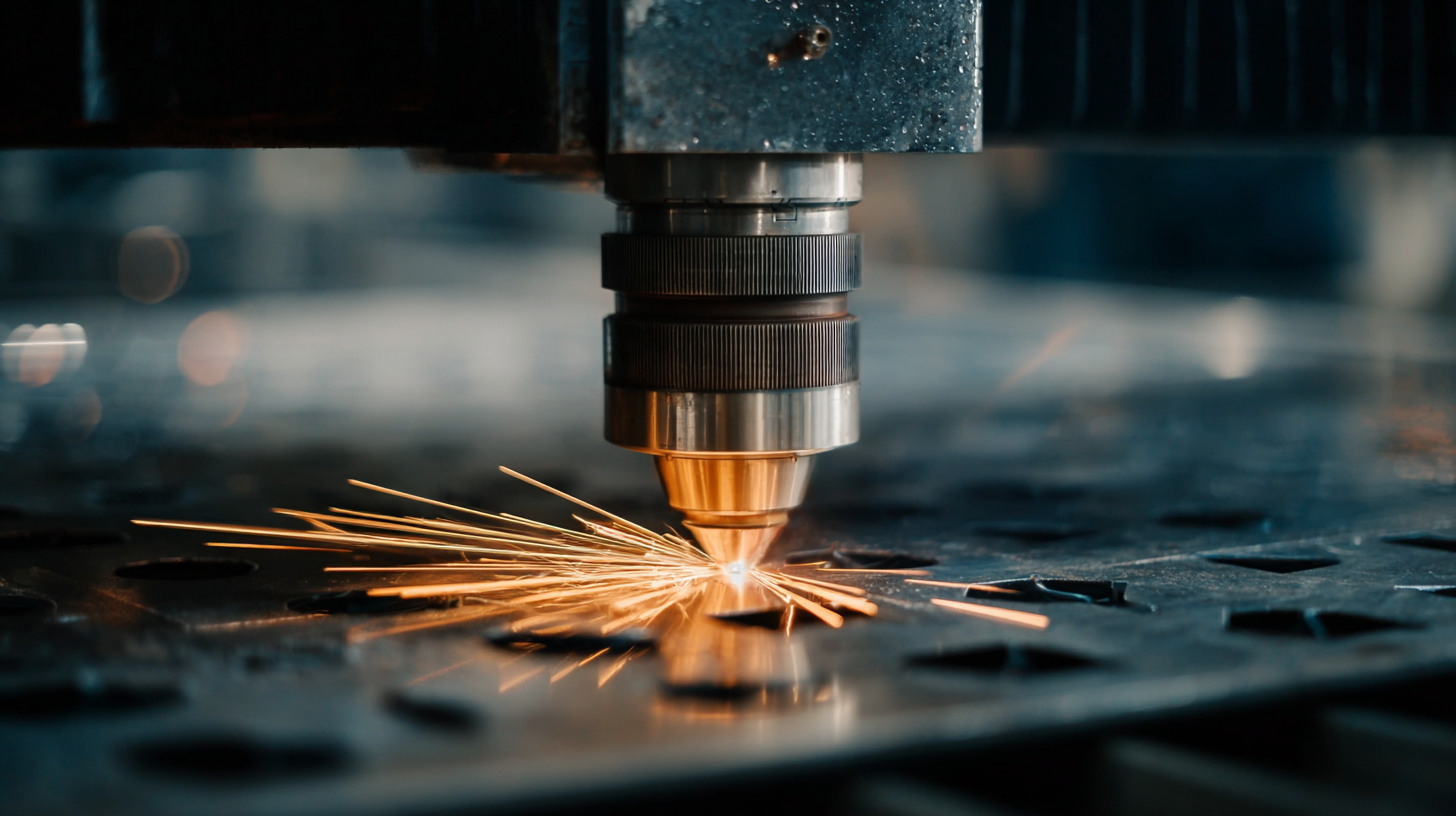
Furthermore, the rapid prototyping capabilities of CNC laser machines streamline the design process. This technology allows for quick iterations and adjustments, facilitating a more dynamic workflow. Designers can create prototypes swiftly, test new ideas, and implement feedback in real-time. As a result, the barriers between concept and creation are diminished, fostering an environment where innovation thrives. By harnessing the power of CNC laser cutting, modern fabrication becomes not just a technical process, but an artistic expression of limitless creativity.
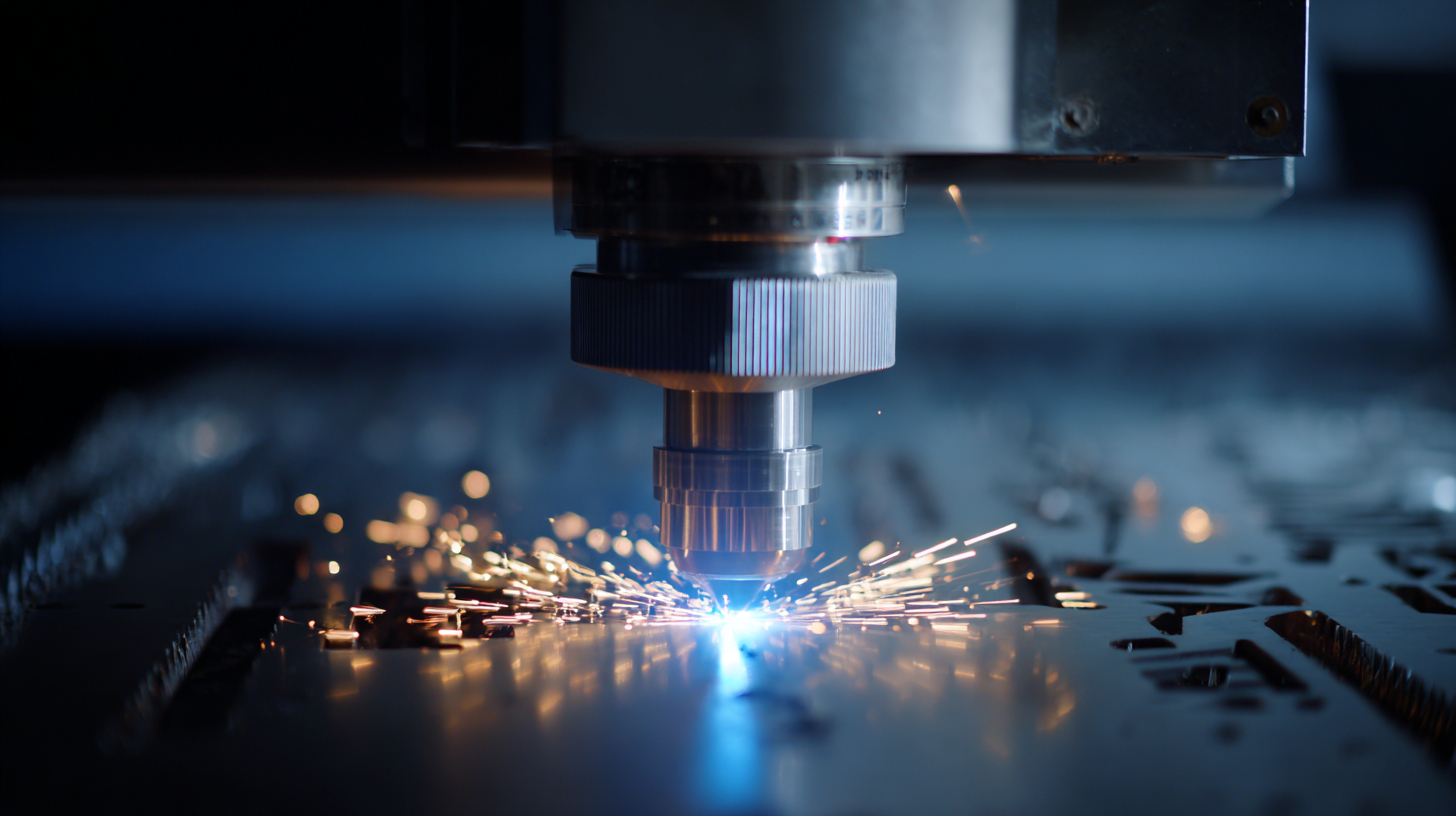 CNC laser cutting machines represent a significant leap in modern fabrication, primarily due to their cost efficiency and precision. Unlike traditional cutting methods, CNC laser cutting employs a concentrated beam of light that can slice through various materials with minimal waste. This efficiency not only reduces operational costs but also allows for intricate designs that were once difficult or impossible to achieve. Manufacturers benefit from shorter production times and lower material expenditure, ultimately enhancing their bottom line.
CNC laser cutting machines represent a significant leap in modern fabrication, primarily due to their cost efficiency and precision. Unlike traditional cutting methods, CNC laser cutting employs a concentrated beam of light that can slice through various materials with minimal waste. This efficiency not only reduces operational costs but also allows for intricate designs that were once difficult or impossible to achieve. Manufacturers benefit from shorter production times and lower material expenditure, ultimately enhancing their bottom line.
Moreover, the precision that CNC laser technology offers is unparalleled. The laser's ability to operate with micron-level accuracy ensures that every cut is clean and exact. This reliability is crucial for industries where tolerances are tight, such as aerospace and automotive sectors. Companies can produce components that fit together seamlessly, reducing the need for post-production adjustments. As a result, not only is the manufacturing process streamlined, but end products also meet higher quality standards, positioning businesses for greater competitiveness in the market.
CNC laser cutting technology has become a game changer across various industries, offering precision and efficiency that traditional methods can't match. In the automotive sector, for instance, CNC laser cutting is utilized for creating intricate parts and components that require high accuracy and repeatability. This capability not only accelerates the manufacturing process but also reduces material waste, leading to cost savings and increased production efficiency.
Additionally, the aerospace industry benefits significantly from CNC laser cutting. The ability to work with advanced materials such as composites and lightweight metals allows for the creation of complex designs that are essential for modern aircraft. Furthermore, these machines are increasingly being adopted in the fashion and textile industries for cutting intricate patterns and designs with unmatched precision, enabling designers to push the boundaries of creativity. As industries continue to embrace this technology, the applications of CNC laser cutting are set to expand, fostering innovation and enhancing product quality across the board.
The future of CNC laser cutting technology is at the forefront of modern fabrication, seamlessly blending artistic vision with advanced digital tools. Programs like Ohio University's Digital Art + Technology exemplify this intersection, offering hands-on courses that empower students to innovate using cutting-edge fabrication techniques. With the rise of facilities like the innovative makerspace in Dallas, which integrates craftsmanship and technology, a new generation of creators is emerging, equipped with skills in digital art, coding, and laser cutting.
Recent advancements highlight the transformative potential of CNC laser cutting. For instance, the introduction of versatile machines capable of multiple functions—ranging from precision CNC metal cutting to handheld laser welding—illustrates a shift towards integrated technology solutions in fabrication. According to industry reports, the global CNC laser cutting market is projected to grow significantly, driven by increased demand across sectors including automotive and aerospace. This growth signals a clear trend: the convergence of creativity and technology is not just a fad but a revolutionary change in how we approach design and manufacturing, paving the way for innovative applications in various artistic and industrial domains.
